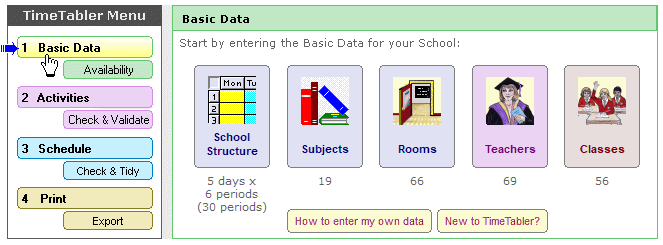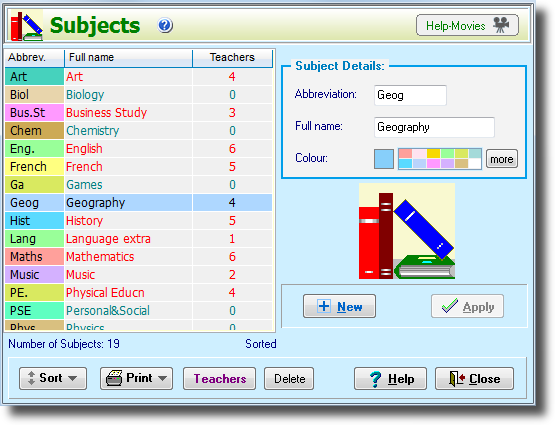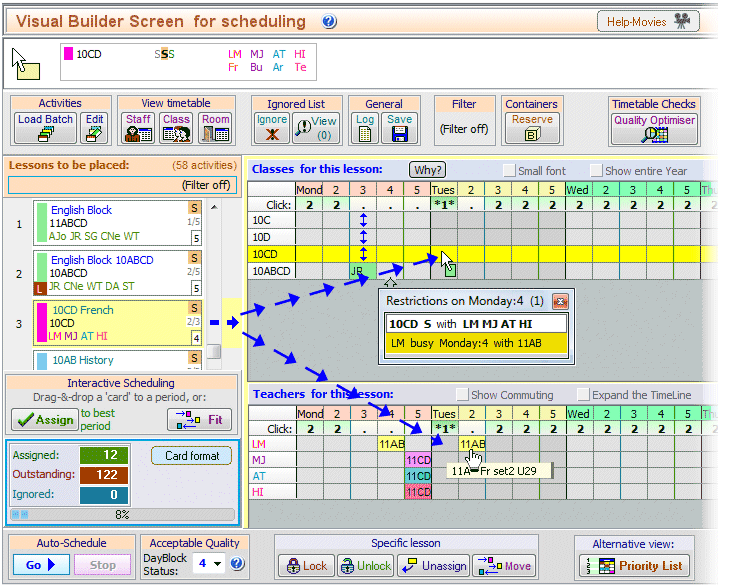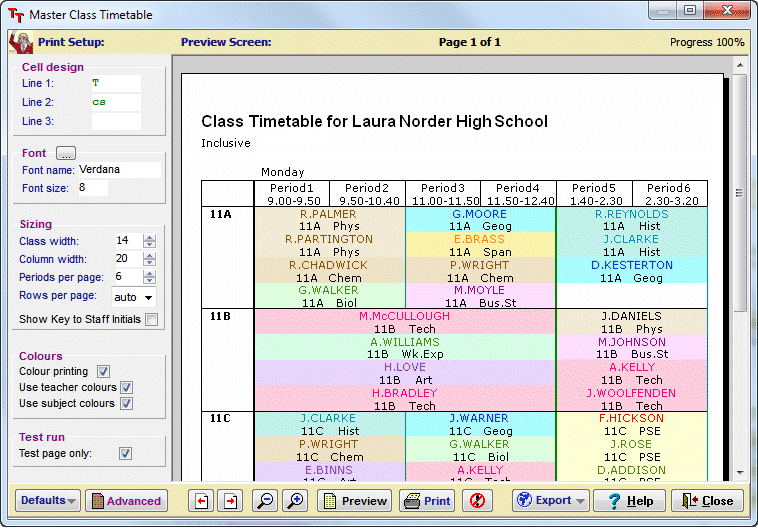| Best GCSE Physics school textbook : Physics for You |  |
|||
|
||||
The resources are grouped according to the sections in Physics for You – but can also be used with any GCSE Physics course or textbook:
| Basic Ideas | Waves : Light & Sound |
| Thermal energy | Electricity & Magnetism |
| Mechanics | Nuclear Physics |
| Earth Physics & Astronomy | Click on an item to access the downloads |
They include, for each of 40 topics in GCSE Physics :
– Teacher Map (in Word) – for you to see quickly what each section covers.
– Student Map (Word) – to show the intended territory to students.
– Learning Objectives (PowerPoint) – a brief outline of the territory to be covered.
– CheckList (Word) – for students to tick each item as it is covered.
– Revision Quiz (Word) – for students to use to check their progress.
– Plenary (PowerPoint) – to summarise the topic, linked to the Learning Objectives.
– Help Sheets (Word) – including detailed Investigation Sheets for practicals.
– Extension Sheets (Word) – including homework question sheets.
– Help Animations (PowerPoint) – to teach/understand specific topics & misconceptions.
– Research Sheet (Word) – to guide research into aspects of Physics.
– Spreadsheets (Excel) – including test & practice for homework.
The links to all these resources are shown in the sections below.
For yet more Free downloads [of Answers to End-of-chapter Questions & Further Questions, and Specification Maps], visit www.physicsforyou.co.uk
| Basic ideas |
| Chapter 1 – Working Scientifically. See also the PowerPoints here. Chapters 2, 3, 4 – Units, Energy, Molecules |
| Thermal energy |
| Chapters 5, 6 – Expansion, Thermometers Chapter 7 – The Gas Laws Chapter 8 – Measuring thermal energy Chapter 9 – Conduction, Convection, Radiation Chapter 10 – Changing State |
| Mechanics |
| Chapter 11 – Pushes & Pulls Chapter 12 – Density Chapter 13 – Pressure, Floating Chapter 14 – More about Forces Chapter 15 – Turning forces Chapter 16 – Work, Energy, Power Chapter 17 – Machines Chapter 18 – Velocity and Acceleration Chapter 19 – Momentum |
| Earth Physics & Astronomy |
| Chapter 20 – The Earth and beyond |
| Waves : Light and Sound |
| Chapter 21 – Waves Chapter 22 – Light Chapter 23 – Reflection Chapter 24 – Curved mirrors Chapter 25 – Refraction Chapters 26, 27 – Lenses, Optical instruments Chapter 28 – Colour Chapter 29 – Sound |
| Electricity and Magnetism |
| Chapter 30 – Static electricity Chapter 31 – Circuits Chapter 32 – Heating effect of a current Chapter 33 – Chemical effect of a current Chapter 34 – Magnetism Chapter 35 – Magnetic effect of a current Chapter 36 – Electromagnetic induction Chapter 37 – Electron beams Chapter 38 – Electronics |
| Nuclear Physics |
| Chapter 39 – Radioactivity |
There are yet more Free downloads [of Answers to End-of-chapter Questions & Further Questions, and Specification Maps], at www.physicsforyou.co.uk
More about the book here.
Click for Users’ Comments and Letters from Readers about Physics for You.







 button.
button.
